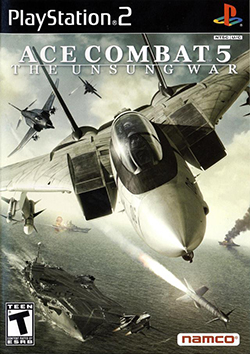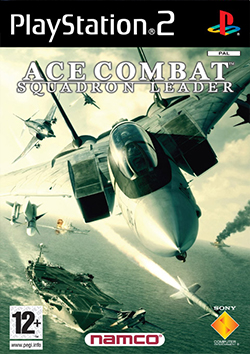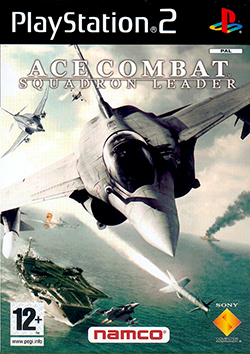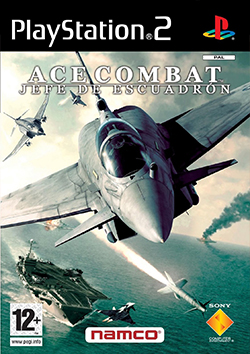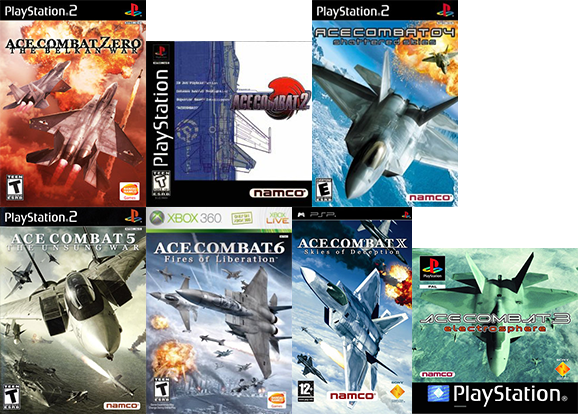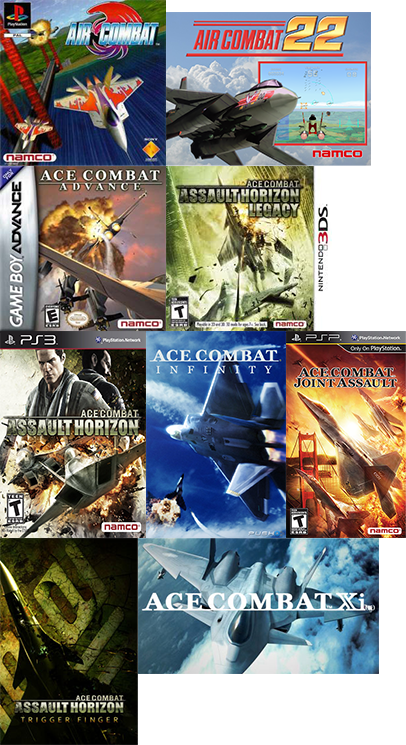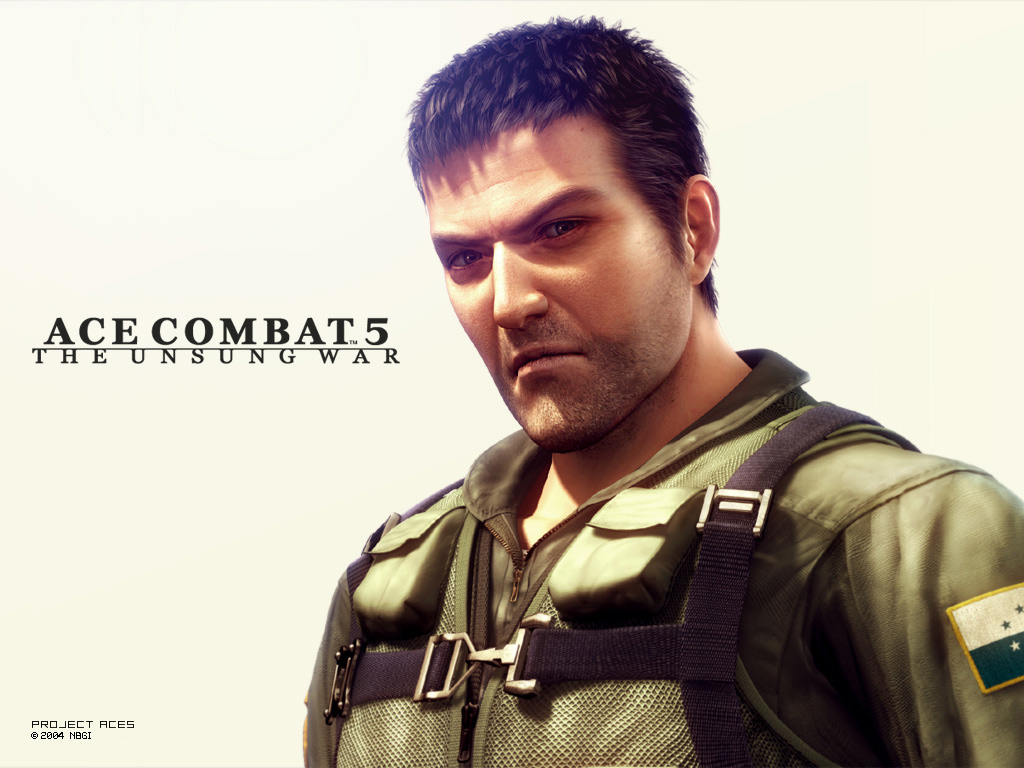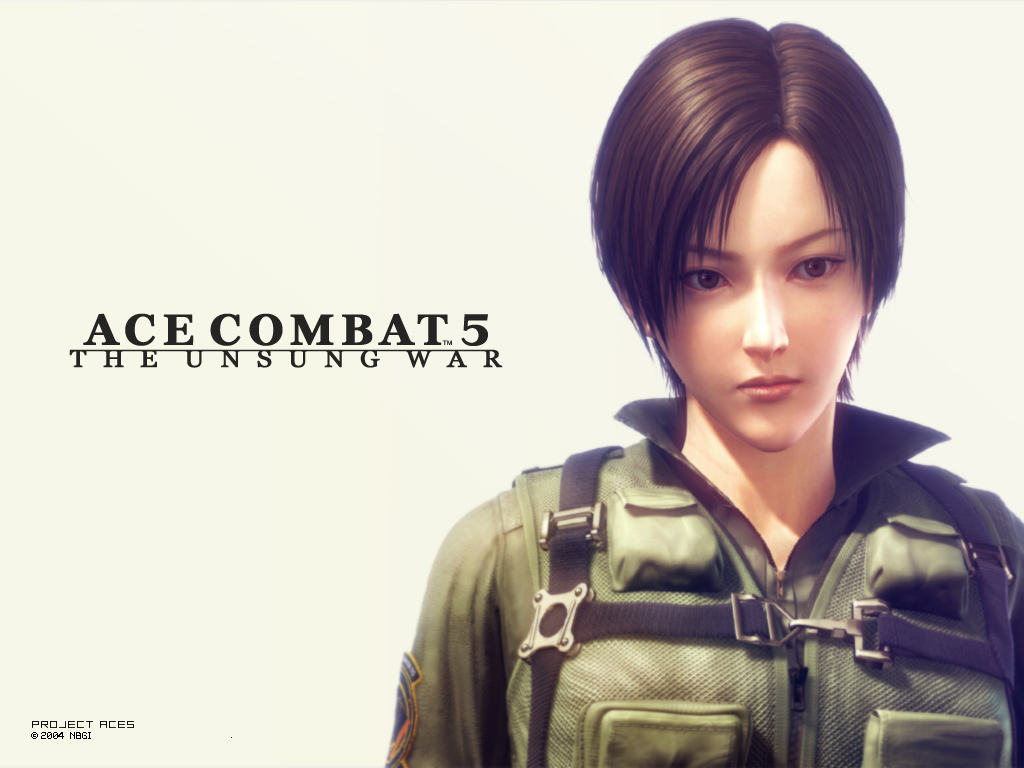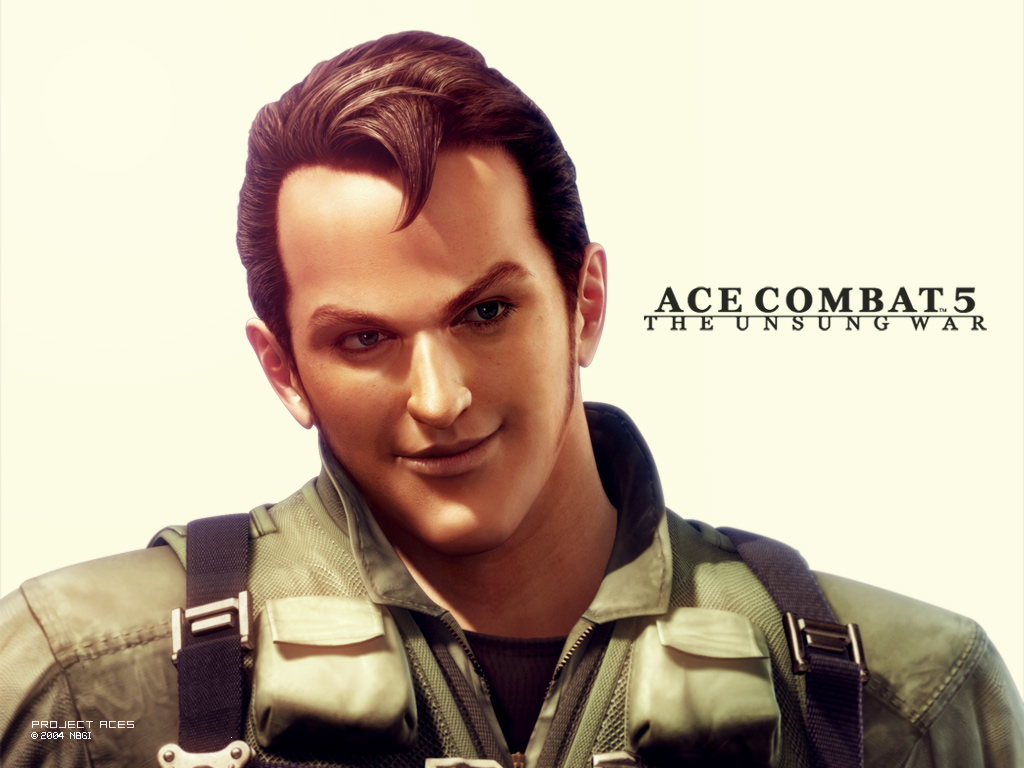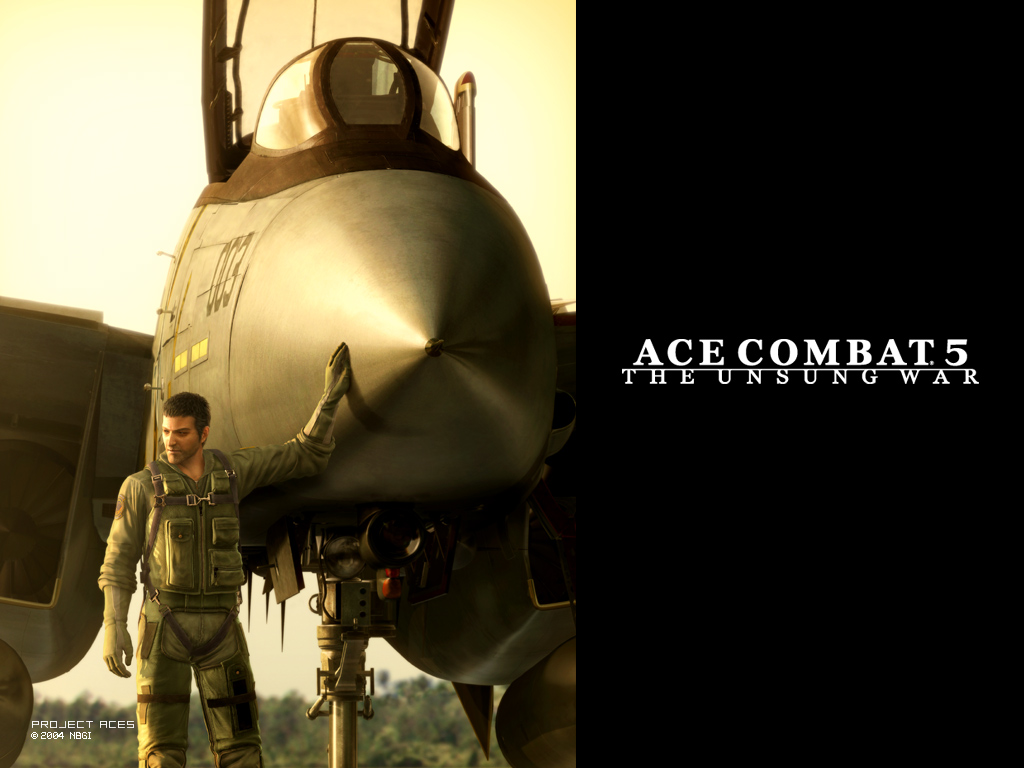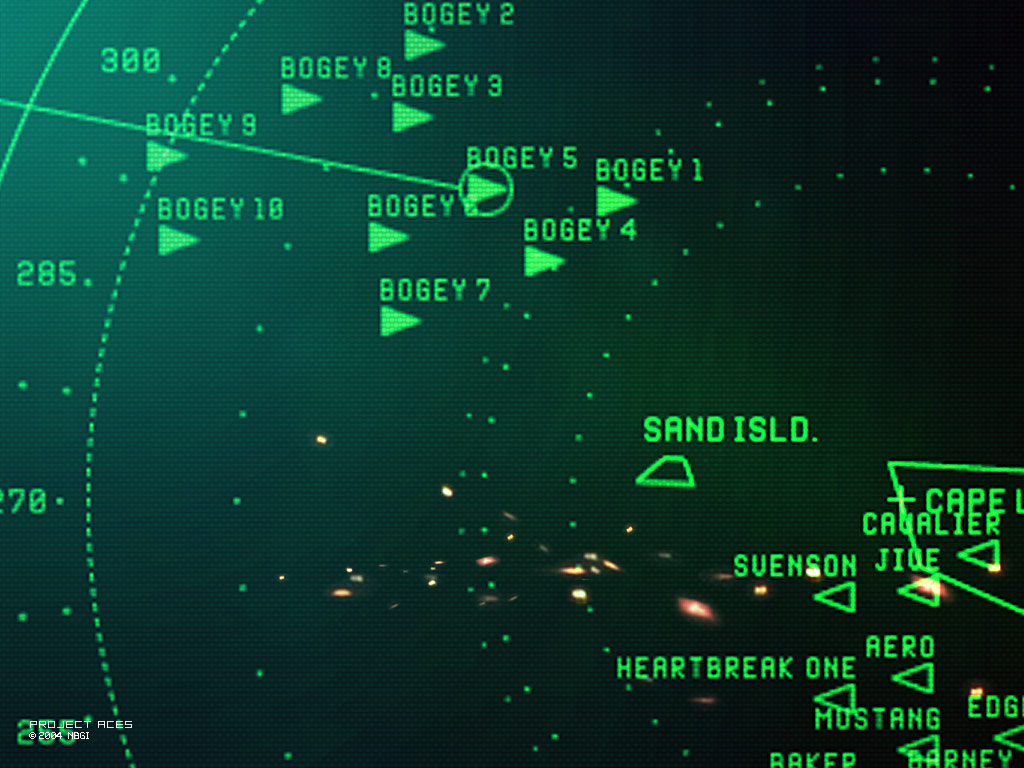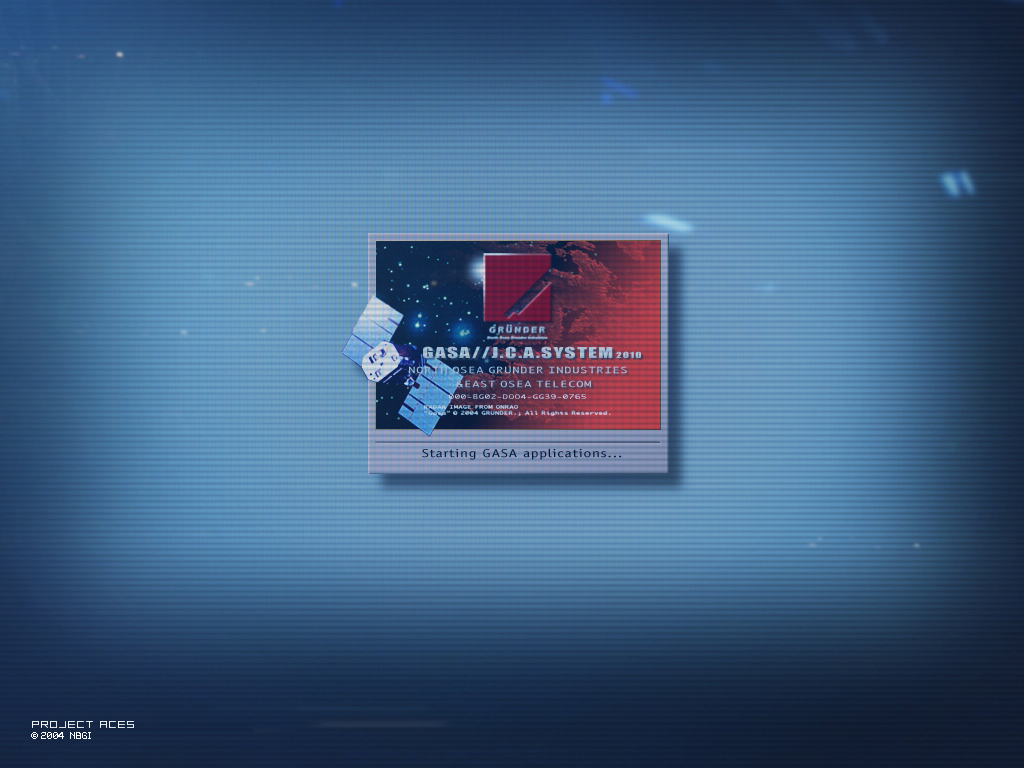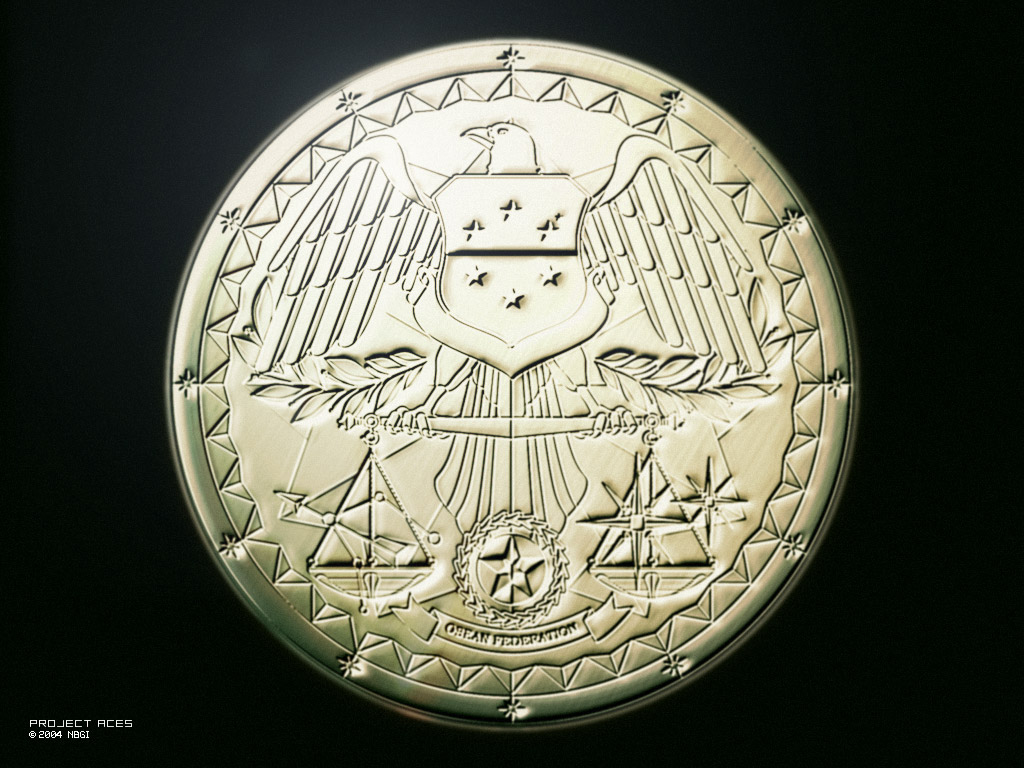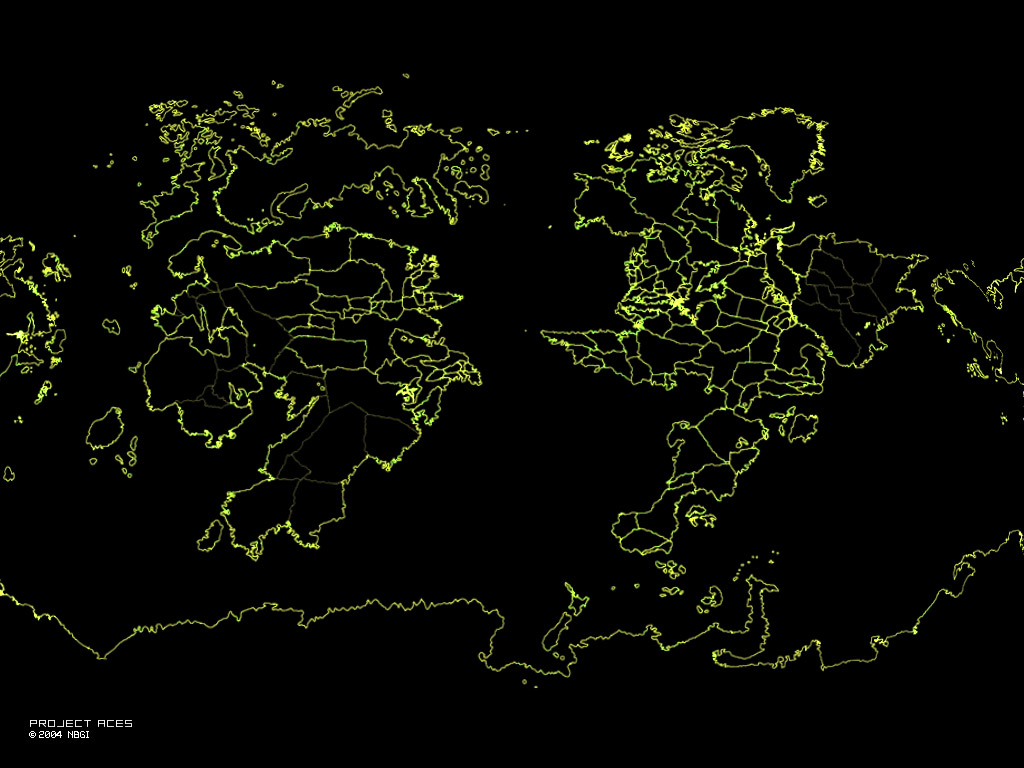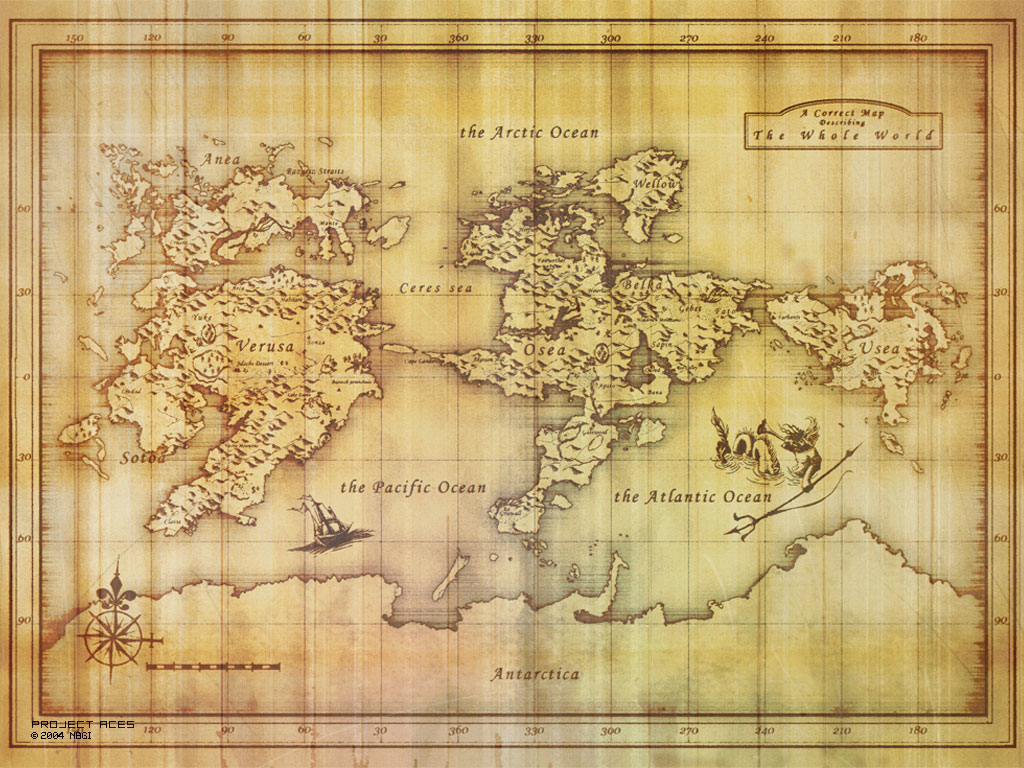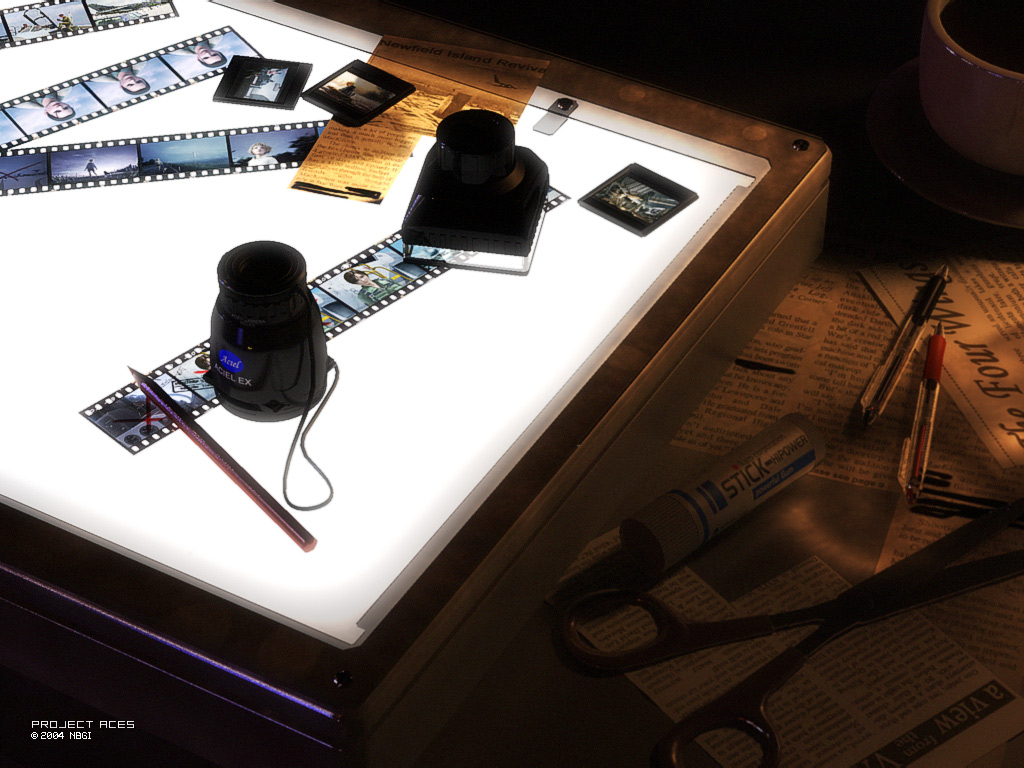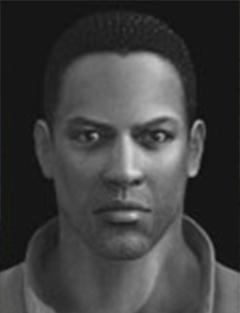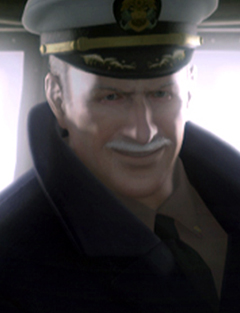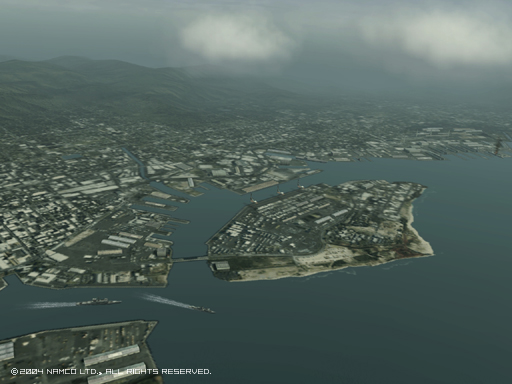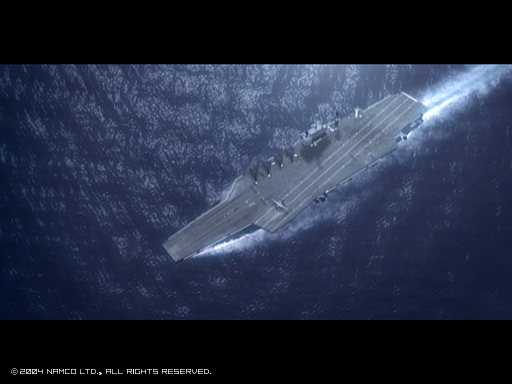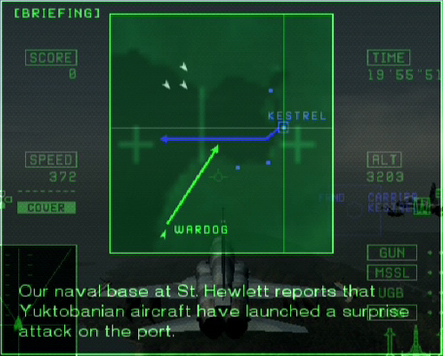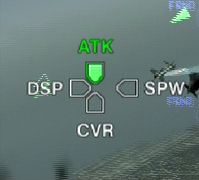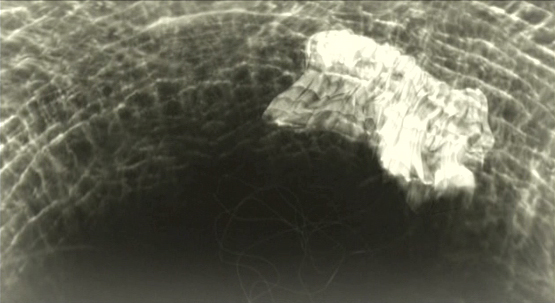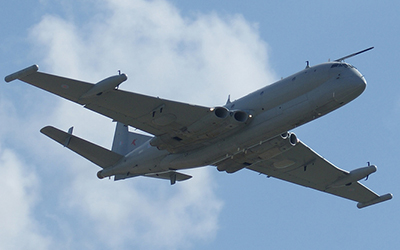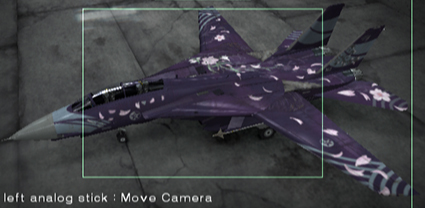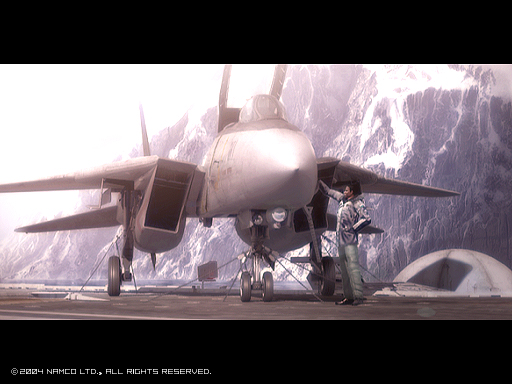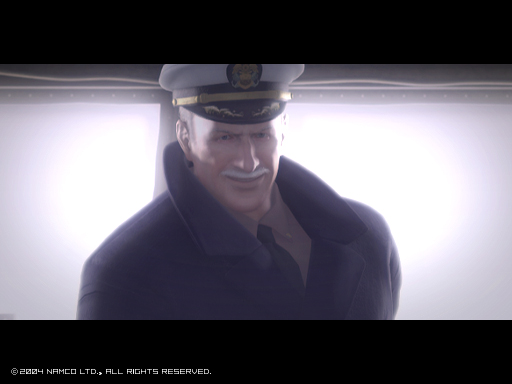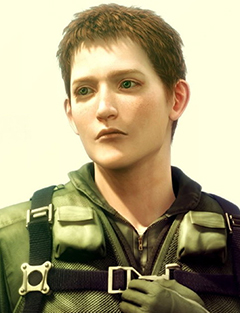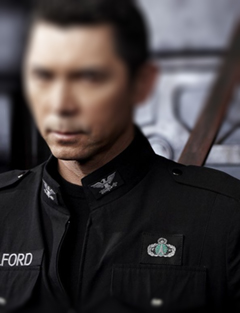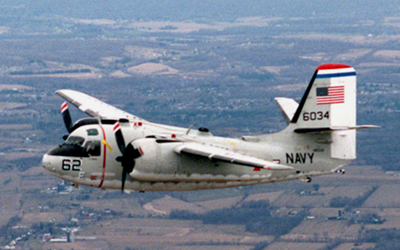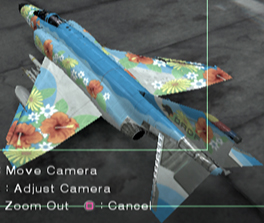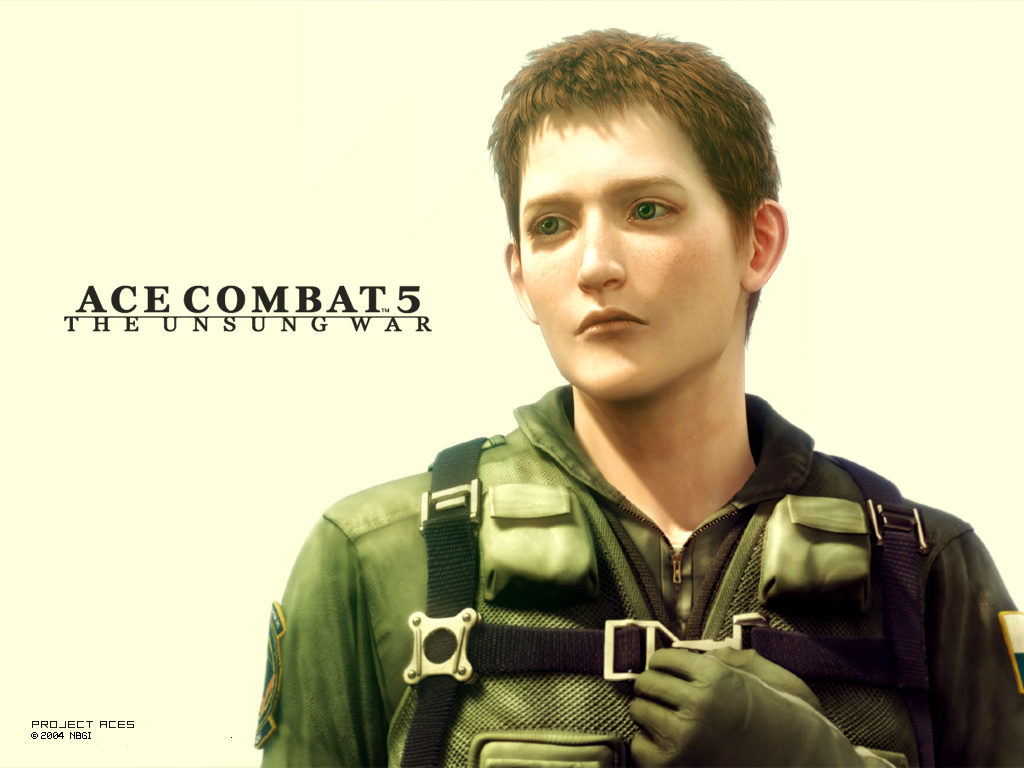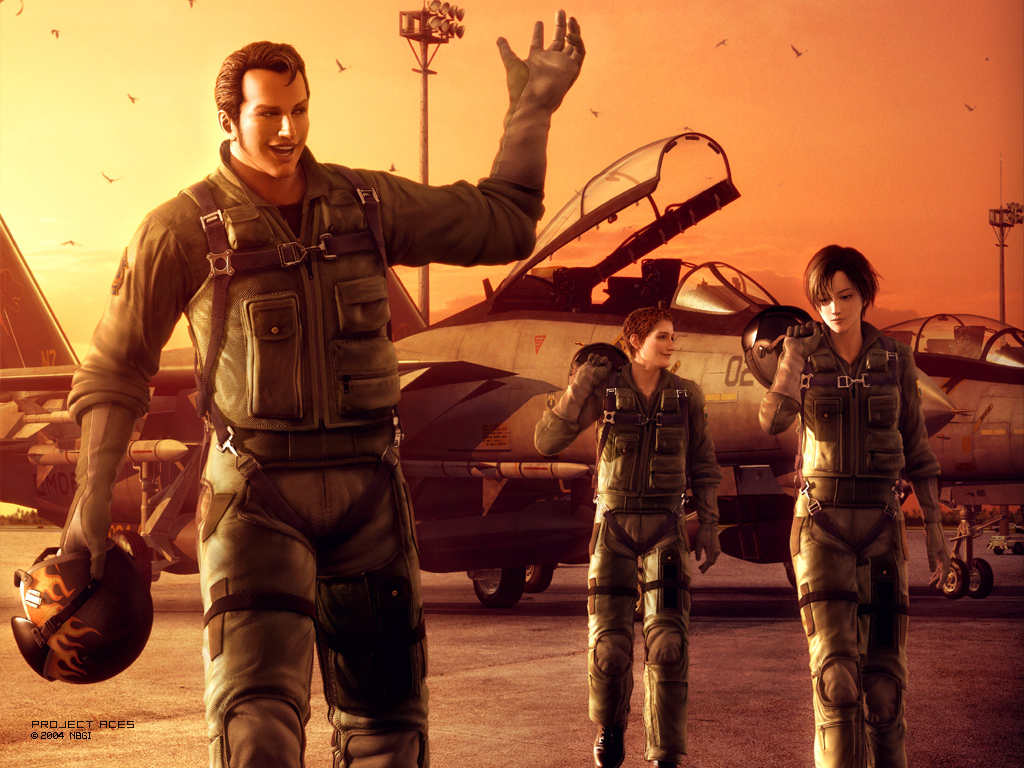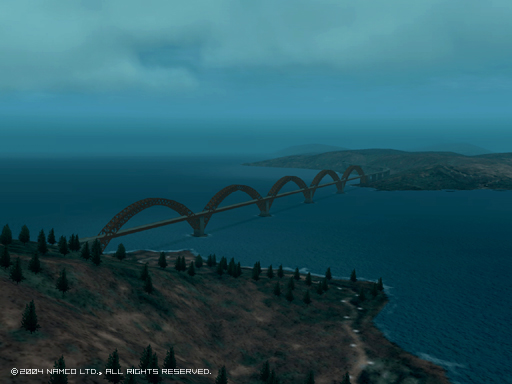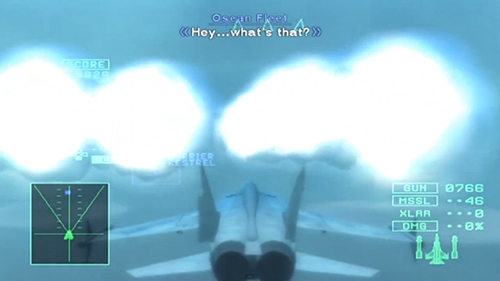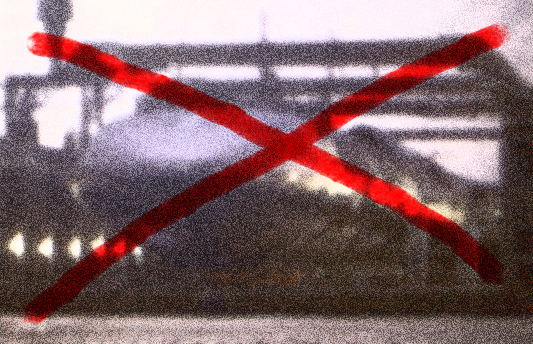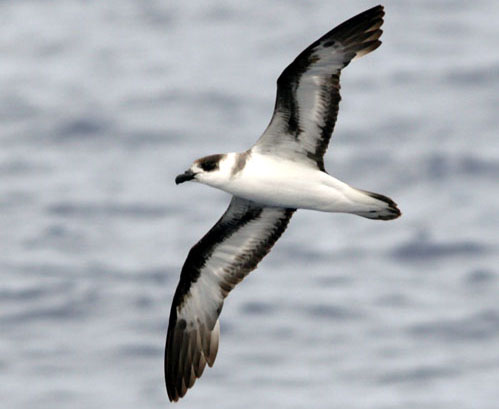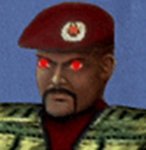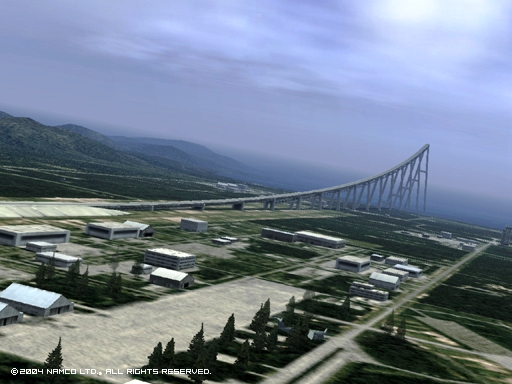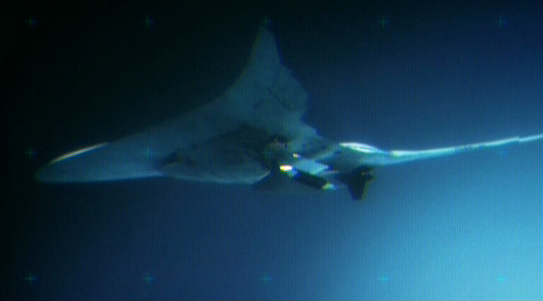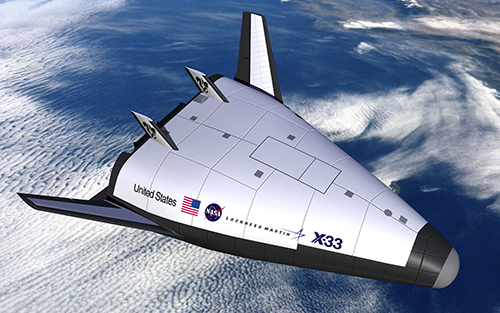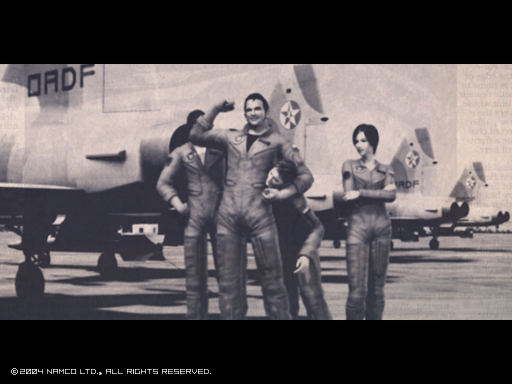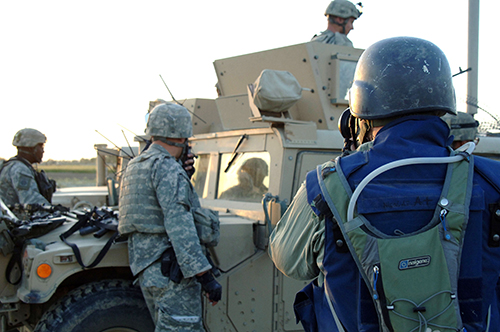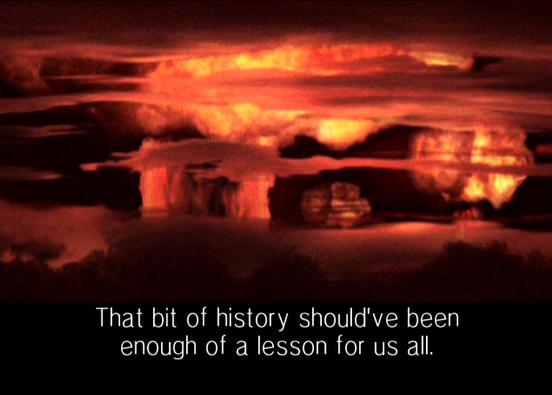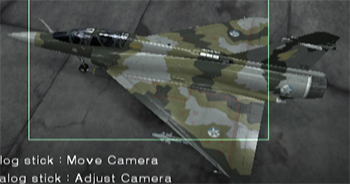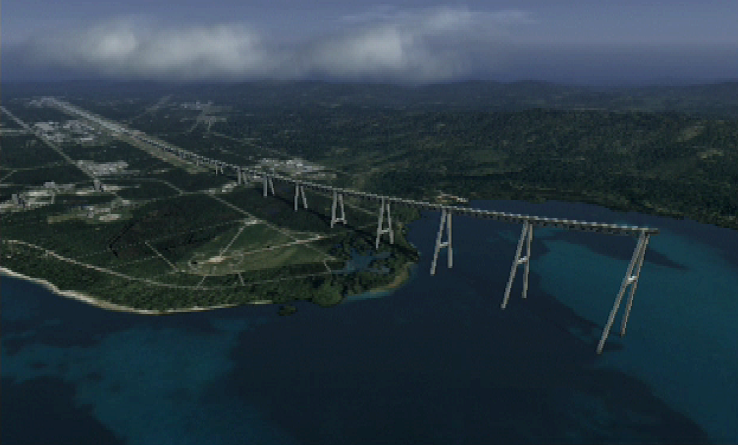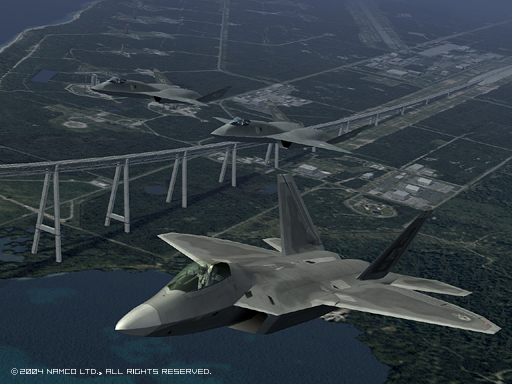Shorebirds
Ace Combat 5: The Unsung War Attract Movie
Mission 1: Operation Lagoon – September 24th, 2010 | [NO COMM]
Ace Combat 5 moves us ahead five years from the end of the Shattered Skies War to the early fall of 2010. It’s been 15 years since the end of the Belkan War. As conflict raged on Usea, and Ulysses 1994XF04 ravaged Anea, the Osean Federation has enjoyed a decade and a half of relative peace, prosperity, and partnership with its new ally the Union of Yuktobanian Republics across the Pacific Ocean.
Sand Island Naval Air Station sits on a tiny speck of land in the middle of the Pacific, the last vestige of Osean territory west of the continental mainland. While this remote island base may seem to be the farthest extreme of the known world to many who call it home, it stands as Osea’s first line of defense and early warning bulwark against possible aggression from Verusa or Anea. But with the Cold War over, and 15 years of peace between the global superpowers, a new non-aggressive government enshrined in Erusea, and the Estovakian Civil War entering a lull, it seems as though Sand Island may have outlived its usefulness to the world.
Albert Genette, a young freelance reporter working for the Osean Broadcasting Company, has come to Sand Island to work on a documentary about the pilot training program run by the firebrand captain of the base’s fighter squadron, Jack Bartlett, and on the rookie pilots under his charge. However, things begin to go amiss for all involved one day as unidentified planes firing live ammunition invade the OADF training area attempting to shoot Bartlett’s squadron out of the skies.
Genette may not realize it yet, but he has just stumbled into the story of the century. If he survives to tell it, anyway…
Overview: An unidentified SR-71 spyplane was caught over Osean airspace just outside of Cape Landers. Osean SAM artillery damaged the spyplane in its escape and it is now attempting to ditch in the waters off Cape Landers. The OADF believes the plane is connected to the unidentified squadron that attacked the training flight over Sand Island the day before.
Wardog Squadron is dispatched to intercept the SR-71 before it reaches the water and force it to land at a nearby airstrip so its pilot can be interrogated.

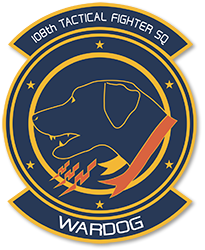
WARDOG SQUADRON
Osean Air Defense Force 5th Fighter Wing, 108th Tactical Fighter Squadron
Members:
- Wardog 1 – Jack “Heartbreak One” Bartlett
- Wardog 2 – Kei “Edge” Nagase
- Wardog 3 – Alvin H. “Chopper” Davenport
- Wardog 4 – [REDACTED] “Blaze” [REDACTED]
AWACS Operator: [REDACTED] “Thunderhead” [REDACTED]
Squadron Composition: F-4E Phantom II (x1), F-5 Tiger II (x3)
The training and naval air defense flight of Sand Island Naval Air Station. Wardog Squadron is Sand Island’s principle fighter wing and is currently under the command of Captain Jack Bartlett. With the relaxed era of global peace ushered in by the Osea-Yuktobania peace accords, Wardog Squadron, like Sand Island itself, has fallen from prominence as a part of the Osean military’s operational hierarchy.
The squadron’s “glory days” are long behind it, and as much as it exists as a training farm to turn nuggets into real pilots, it also exists as a purgatorial dungeon to hold Captain Bartlett in—for the rest of his military career, if need be.
The surprise attack by the unidentified enemy squadron has left Wardog’s total numbers depleted and left 2nd Lieutenant Kei Nagase, herself barely out of flight school, as the squadron’s ranking member after Bartlett. 2nd Lieutenants Alvin H. Davenport and [NAME REDACTED] have been called up from the provisional rotation to serve as the squadron’s Number 3 and 4 planes, respectively.

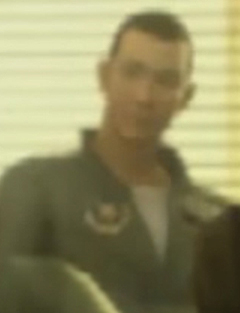
BLAZE
Real Name: Unknown
Callsign(s): Blaze, Kid, Wardog 4
Age: Early 20’s
Sex: Male
Nationality: Osea
Signature Plane: Player choice (F-14A Tomcat in all promotional material)
Voice Actor: None
As far as low men on totem poles go, you can’t get much lower in any Ace Combat game than where Blaze is right now. You can already sort of picture the kind of arc we’re going to have as a player character already, seeing as how we’re starting out a game that’s subtitled Squadron Leader in certain territories… not in command of our squadron.
Yes, this is the first and so far only time an Ace Combat game does this to you, placing you in any position other than at the head of your protagonist squadron at the outset. In addition, before William Bishop in Assault Horizon, and Phoenix in Assault Horizon Legacy’s remake of AC2, Blaze was the only Ace Combat pilot protagonist to physically appear in a particular game’s story segments. We never see his face or hear him speak, and he’s only actually physically there in one shot of a cutscene (he appears in a photograph earlier in that same cutscene), but none the less for an Ace Combat game, this was groundbreaking stuff. The person in the picture above isn’t actually Blaze, canonically anyway. It’s just the way that things line up in the opening cutscene that make a strong case that that might actually be Blaze, given how he’s sitting right next to and yukking it up with Chopper, whom it’s established early on that he’s something of a piss-take friend with.
However, Blaze isn’t the real focus of our attention here. Unlike Cipher, Phoenix, Nemo, and Mobius 1, Ace Combat 5 isn’t really about Blaze, it’s actually all about…
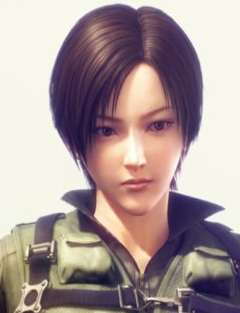
EDGE
Real Name: Kei Nagase
Callsign(s): Edge, Wardog 2
Age: 23
Sex: Female
Nationality: Osea
Signature Plane: Player choice (F-14A Tomcat in all promotional material)
Voice Actor: Karen Strassman
The Ace Combat franchise’s poster girl returns again, and let’s get one thing out of the way right up front: this is NOT the same Kei Nagase from Ace Combat 2/Assault Horizon Legacy or Ace Combat 04. Canonically speaking, this Nagase is AC2’s Nagase’s cousin.
Nagase is Ace Combat 5’s true protagonist in terms of story arc and screen time. She is the character which the game’s narrative turns around. Blaze is merely our Access Character.
Inspired to join the Osean Air Defense Force by hearing stories of the accomplishments of her older cousin on Usea during both the Continental War of 1998 and then as a civilian pilot in the Shattered Skies War of 2004, Kei Nagase was practically born to be a fighter pilot. After completing her basic flight school at Heierlark AFB in North Osea, Nagase and her fellow graduates, including the likes of Alvin Davenport, Hans Grimm, and [NAME REDACTED] were reassigned to the Sand Island Naval Air Station in the Pacific Ocean to finish their flight training program under the care of Captain Jack Bartlett before being reassigned to other OADF air bases around the planet.
Though she possesses a sharp mind and decisive will (she quickly earned the callsign she requested for herself—Edge—a homage to her cousin’s old TAC name—with her quick and unequivocal orders in battle), Nagase also has a surprisingly gentle soul and is actually a bit of a peacenik at heart. She is an avid reader of old poetry and mythology books, such as the old Belkan fairy tale A Blue Dove For The Princess, to the point where most of her bunkmates joke that old book is her ONLY possession.
She was also a strong supporter of President Harling’s through high school and college, having cast her first vote ever in a political election for his re-election in 2008.
Her commanding officers, namely Bartlett, however, believe she may have a bit of a martyr complex, as she has a troubling tendency to throw herself into situations where the odds don’t favor her survival for the sake of protecting others with nothing more than the foolhardy belief that she will somehow come out unscathed. This resolve will surely be tested in the near future.
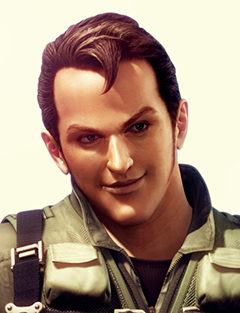
CHOPPER
Real Name: Alvin H. Davenport
Callsign(s): Chopper, Wardog 3
Age: 29
Sex: Male
Nationality: Osea
Signature Plane: Player choice (F-14A Tomcat in all promotional material)
Voice Actor: Eddie Frierson
One of the in-training pilots stationed at Sand Island currently under Captain Bartlett’s care. Davenport is the “class clown” of Wardog’s reserve roster. His flippant mouth and undisciplined attitude have earned him many reprimands from both the Wardog squadron adjunct, Captain Hamilton, and the base commander of Sand Island, Colonel Perrault, not to mention his TAC name: Chopper. One justified criticism about Davenport is that 9 times out of 10 he just doesn’t know when to shut up.
That said, his ever-running mouth aside, Davenport seems possessed of the same righteous and honorable streak that Nagase does when situations permit. It too has caused certain amounts of trouble for him, and will not doubt continue to cause problems as sometimes doing the “right” thing doesn’t equal doing to “smart” thing, and he’s more liable to do the former than the latter, damn the consequences.
Beyond that, Davenport is an avid lover of music, having brought and extensive collection with him from Heierlark in formats ranging from MP3s to hard vinyls. A preferred trolling habit of his is to blast songs of particularly sketchy musical quality over his stereo system very loudly during his free hours before lights out. There’s a running betting pool among the Sand Island air staff on when exactly Davenport’s music stash will “go missing” mysteriously.
Despite his abrasive personality, Davenport actually has a gift for making peculiar friends. In addition to being good natured rivals with Blaze, Davenport has also found a kinship with Wardog’s crew chief, Peter N. Beagle aka “Pops” and his dog Kirk, and has recently fallen into the company of freelance photojournalist Albert Genette.

HEARTBREAK ONE
Real Name: Jonathan “Jack” Bartlett
Callsign(s): Heartbreak One, Kid, Wardog 1
Age: 42
Sex: Male
Nationality: Osea
Signature Plane: F-4G Phantom II Wild Weasel
Voice Actor: Steve Blum
An aging relic of the Belkan War. Jack Bartlett’s distrust of his commanding officers and outspoken nature has seen his once-promising career railroaded into the dead end posting as a flight instructor at Sand Island AFB. Bartlett saw heavy action during the Belkan War as part of the OADF’s contingent in the Allied Forces. He flew in the famous Operation Battle Axe which secured the B7R Roundtable from the Belkan Air Force and placed him in the skies alongside the likes of Cipher and Pixy of Ustio’s famous Galm Squadron, the OADF turncoats and AWWNB members of Wizard and Sorcerer Squadrons, and the legendary Belkan ace known as Huckebein the Raven, among others.
Oh and PJ might have been there. I don’t really give a shit.
Bartlett now resides as head of Sand Island’s Wardog trainer squadron, a fierce firebrand loyal to his students in the vein of the old instructor aces of yore like Dietrich Kellerman or Edgar Grint. Though his combative and surly nature have put him at odds with generally everyone else on Sand Island from Col. Perrault all the way on down to some of his trainee pilots like Alvin Davenport.
Generally the only person on Sand Island whom Bartlett appears to get along with is Peter Beagle, aka Pops, Wardog’s crew chief. However, he is opening up slightly to Albert Genette, the freelance photojournalist working for OBC currently stationed at Sand Island, even going so far as to invite Genette to take the co-pilot’s seat of his Phantom on certain training missions to get b-roll footage for his documentary on Bartlett and his pilots.
In his younger days during the Belkan War, his flight lead referred to him by the moniker “Kid” as a means of hazing him. Shortly before Operation Battle Axe, however, he changed his TAC name to “Heartbreak One” after he broke up with his battlefield romance Maj. Nastasya Obertas of the Yuktobanian Army Intelligence Division when she was recalled to Cinigrad. After the war, Bartlett was interrogated on the nature of his involvement with Obertas and whether or not he revealed classified intelligence to her intentionally or accidentally during the duration of their relationship.
It is speculated that he may still be in contact with Obertas in one form or another.
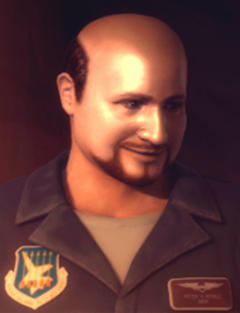
POPS
Real Name: Peter N. Beagle
Callsign(s): None
Age: 56
Sex: Male
Nationality: Osea
Signature Plane: C-1 Trader
Voice Actor: Bob Papenbrook
A member of the Osean Air Defense Force’s 703rd Maintenance Company and crew chief for Sand Island AFB’s Wardog Squadron.
Known for his genial and paternal nature, Beagle earned the nickname “Pops” early on and it stuck with him throughout his career in the OADF. Though always ready with a sprinkling of helpful advice, he otherwise keeps his head down and focuses on his work, remaining largely a background fixture of Sand Island’s personnel.
Though he has repeatedly declined to appear on camera in any capacity, he has made fast friends with Albert Genette during the reporter’s time on Sand Island, and is also a longtime friend of Captain Bartlett’s, going all the way back to their time together during the Belkan War 15 years ago.
Beagle is also the owner of Kirk, the black Labrador hound and mascot of Wardog Squadron, though the dog seems to have found a new part-time owner in Alvin Davenport as of late.
Pops was named after the fantasy author Peter S. Beagle, whose works include The Last Unicorn (both the book and the movie) among MANY others. Pops was also among the last major voice roles done by actor Bob Papenbrook before his death in 2006.
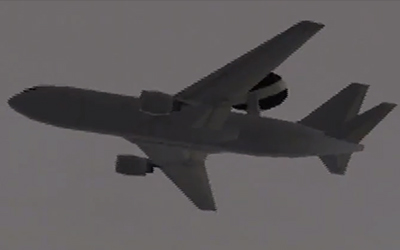
THUNDERHEAD
Real Name: Unknown
Callsign(s): Thunderhead
Age: Late 40s
Sex: Male
Nationality: Osea
Signature Plane: E-767
Voice Actor: Kirk Thornton
A stern, by the book, some would say “uptight” AWACS operator in the Osean Air Defense Force serving as Wardog Squadron’s AWAC for their time at Sand Island.
Thunderhead, is, no bones about it, an asshole. Eagle Eye may have been a calm professional trying to maintain his head while the world went to shit around him, and Keynote may have been a gruff but ultimately fatherly figure, and SkyEye was an occasionally dopey but through-and-through soldier, Thunderhead is… none of these things.
Easily flustered, quick to anger, and acting more as an extension of the OADF command brass than a medium between them and the pilots under his charge, don’t be surprised if we end up fighting with Thunderhead almost as often as we do the enemy over the course of this game. Thunderhead, generally, has no business being behind the console of an AWACS, almost as little as Crux does in Ace Combat X, though Thunderhead doesn’t have the excuse of being a rookie like Crux does.
So yeah, we’re going to have an… interesting time dealing with Thunderhead as the game goes on, to say the least.

INTEL
Real Name: Unknown
Callsign(s): None
Age: Mid 40s
Sex: Male
Nationality: Osea
Signature Plane: None
Voice Actor: Jamieson Price
While Perrault (and others) may give us brief intros to our missions, Intel will, unfailingly be the man who actually briefs us on what to expect each time. Just like in every other game so far, Intel is a background functionary character who’s more a gameplay mechanic than actual presence in game.
Though as the story progresses you probably will be asking yourself at times “just how the hell is this guy following us around, anyway?”
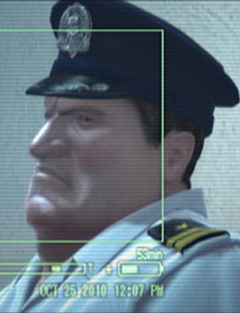
PERRAULT
Real Name: Orson Perrault
Callsign(s): Island King
Age: 48
Sex: Male
Nationality: Osea
Signature Plane: None
Voice Actor: Peter Lurie
The so-called “Emperor of Sand Island.” Colonel Orson Perrault is the commander of Sand Island Naval Air Station, and for all intents and purposes is our boss.
He generally limits his involvement to being a righteous ass at the start of each mission briefing, but he’ll slowly become more involved in the story as things progress. Perrault is largely a gruff grump lacking in the kernel of warmth that made Ulrich Olsen a good commanding officer. He is thoroughly unimpressed with the shit of literally everyone under his command on Sand Island and has zero time for any of their bullshit, and will quite often express it vocally simply because he outranks everyone else here and has the free reign to say it.
He’s basically who Chopper will be in a few more years and after a few more souring experiences.
Beyond that though, he actually likes his posting on Sand Island, being the general misanthrope that he is. Its position far away from general Osean civilization (and the Osean military flag staff) and on a tropical paradise is utterly perfect for an entitled shit who hates interacting with a social circle larger than ten people. Unfortunately, this means that if shit ever goes down between Osea and Yuktobania (or Estovakia or Emmeria, for that matter), then Perrault gets left holding the biggest, wettest bag of dog shit in history, being the commander of literally the first line of defense for the Osean Federation.
Again though, it’s not that Perrault is incompetent, he’s just a fucking asshole. Luckily though, he delegates the majority of the work that involves interacting with other people to his adjunct, the much more personable Captain Hamilton.
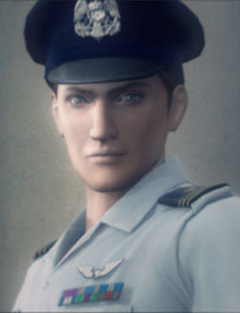
HAMMILTON
Real Name: Allen C. Hamilton
Callsign(s): None
Age: 28
Sex: Male
Nationality: Osea
Signature Plane: None
Voice Actor: Crispin Freeman
The vice commander of Sand Island Naval Air Station and Wardog Squadron’s adjunct. Hamilton is the primary channel between Bartlett and Wardog to the upper brass of the Osean military.
Though often constrained by the demands of his job, he has taken a shine to Albert Genette both as a reporter and as a friend, and has worked to get him special clearances and access that a freelance journalist in his position ordinarily wouldn’t ever receive.
As a soldier, Hamilton rose through the ranks with nearly unparalleled speed, suspected many of his compatriots that he had people in high places pulling strings for him, such as his uncle, a high-ranking member of the Osean Army. Beyond that however, Hamilton has shown himself repeatedly to be a model soldier and patriot, the envy of any armed force on the planet.

THE NARRATOR
Real Name: Albert Genette
Callsign(s): None
Age: 32
Sex: Male
Nationality: Osea
Signature Plane: None
Voice Actor: Mathew Mercer
A freelance photojournalist working for the Osean Broadcasting Corporation and a colleague of Brett Thompson’s. He came to Sand Island AFB originally to work on a documentary on Captain Bartlett and his Wardog Squadron.
Mild-mannered an non-confrontational by nature, Genette quickly blended into the background at Sand Island without obstructing its daily operations. However, his good nature and quiet determination have lead many of his documentary subjects to open up to him and even befriend him like Jack Bartlett himself, Kei Nagase, Alvin Davenport, and Allen Hamilton. Even those who’ve asked to remain off camera such as Peter Beagle or [NAME REDACTED] have shared off the record stories with him and appreciate his nature as an attentive listener.

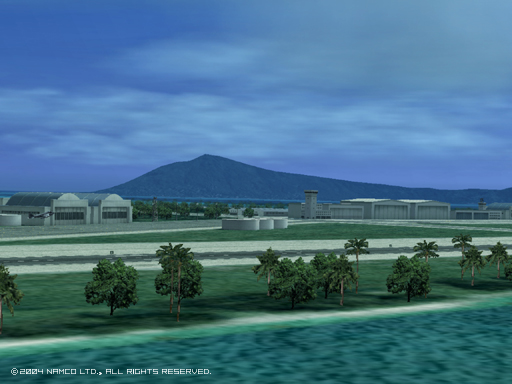
SAND ISLAND
Functionally speaking: our home.
Constructed on a dormant volcanic atoll in the Ceres Ocean off the west coast of Osea, Sand Island Naval Air Station is the farthest western air base considered to be a part of “mainland” Osean territory. The OADF and OMDF maintain other bases and ports in other nations farther out around the globe beyond Sand Island, however.
The island is due west of Cape Landers, where most of the civilian families of Sand Island personnel are housed, near the Osean Coastal Defense Force’s own airbase. Built in the 1950s as part of Osea’s Cold War expansion, Sand Island was intended to be an early warning lookout post for any sign of aggression by the Union of Yuktobanian Republics across the Pacific Ocean, and a staging ground for any possible counterstrike operations against the Yuktobanian mainland if need be.
In addition to its airstrip, the jetty at Sand Island provides safe harbor for up to five naval ships at a time, with docks large enough for three destroyers, and two frigates or submarines, plus space for additional unmoored vessels to drop anchor behind its breakwater.
As the Cold War between Osea and Yuktobania waned, however, Sand Island saw its troop and material deployment numbers decline, slashed to near skeleton crew levels following the Osea-Yuktobania Peace Treaty in 1996 and the various cooperative treaties signed by the two superpowers throughout the rest of the 90s and early 00s.
Today, Sand Island serves a technical, if not functional purpose in the Osean Air and Maritime Defense Forces. The enduing embodiment of the phrase “trust, but verify,” and an uneasy, yet often ignored reminder that, yes, the unthinkable, unfortunately, does not equal the impossible. At least not yet anyway.
From a design perspective, Sand Island shares a name, design and function with the USAF Midway Naval Air Facility. An airbase in the middle of the Pacific roughly equidistant between North America and Asia.
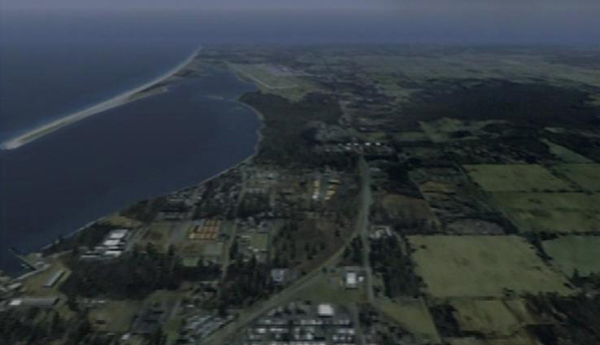
CAPE LANDERS
A coastal town on the southern shore of Osea’s western peninsula. Barring Sand Island AFB, Cape Landers is the westernmost city in the Osean Federation and home to both an Osean Costal Defense Force air and naval station and an automated aerial defense battery array protecting Osean airspace against any unauthorized intruder.
Protected from the ocean by a lagoon, the OCDF base at Cape Landers is able to cover the majority of the southern coast of the peninsula out to November City. The northern coast, meanwhile, is protected by both the OCDF and the Osean Marine Defense Force based out of Port St. Hewlett.
Cape Landers is also the home to the majority of the civilian housing for the families of the soldiers stationed at Sand Island off the coast. Beyond that, the otherwise sleepy seaside hamlet is relatively unremarkable as far as Osean cities go.
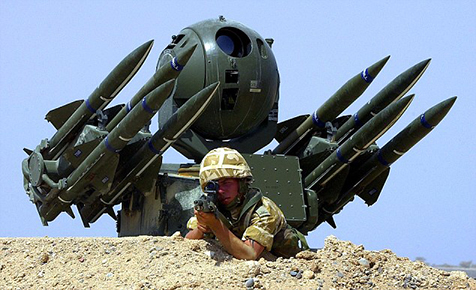
ADEZ
The franchise has, up this point, been rather sparing in its use of inside baseball military jargon, acronyms and initialisms, so it’s strange that this one is dropped so casually in the briefing, but it helps sell that Ace Combat 5 is centered around an actual military a little better, to say the least.
As far as I can tell, ADEZ is not an actual military acronym, though it is a modification of one. Any time “EZ” appears in military jargon it’s usually shorthand for “engagement zone.” So as far I can infer, ADEZ is short for either “aerial defense engagement zone,” or “automated defense engagement zone.”
In short; Osea’s land-based automated surface-to-air batteries.



OSEA
Full Name: The Osean Federation
Capital: Oured
Continent: North Osea
Head of State: President Vincent Harling
Government: Federal presidential constitutional republic
Real World Analog: United States of America
The Osean Federation is the world’s single largest military, political, and cultural superpower, rivaled only by the Union of Yuktobanian Republics and the Federation of Central Usea in terms of global power. Since the days of the Cold War, Osea has been considered to be the “leader of the free world,” and a shining beacon of democracy, liberty, progress, and peace in a world often gripped by conflict. The world looks to Osea as its pillar of stability.
Yet Osea, as we’ve seen so far, has a troubling history of being as much of a destabilizing force as it has been a pillar of stability. Though most of the world views it as the hero of the Belkan War and the savior of the Belkan sub-continent, there are just as many who will never forget Osea’s diplomatic blunder in setting off the Usean Continental War 12 years ago, and its refusal to aid the Independent States Allied Forces in repelling the Erusian occupation of Usea in 2005. It just shows that Osea is not a perfect nation; no country is, however, it is continually striving to improve.
This national appeal to better angles is exemplified in its current president, Vincent Harling, a strident anti-war crusader and a diplomat’s diplomat. Elected in 2004 on a platform of unprecedented peaceful co-operation with its national neighbors and allies, Harling was seen as a sharp repudiation of the old Cold Warrior politicians who gleefully drove the Federation into the Belkan War and then tried to stage a bloodless coup in the FCU for access to Usea’s natural resources.
And by and large, Harling’s approach appears to be working. Relations with the FCU and North Point have been repaired under his administration, even the new post-war Erusian government appears to be willing to cooperate with Osea for the first time in literally decades, and the Federation’s alliance with the Union of Yuktobanian Republics across the Pacific Ocean has never been stronger.


YUKTOBANIA
Full Name: The Union of Yuktobanian Republics (Союз Юктобанийских Республикand | Soyuz Yuktobaniyskikh Respublik)
Capital: Cinigrad
Continent: Verusa
Head of State: Prime Minister Seryozha Nikanor
Government: Federal Republic
Real World Analog: Russia, USSR
A union of formerly communist, now tepidly federal capitalist states on the continent of Verusa and the second largest military super power on the planet, rivaled only by Osea and the FCU. Over the late 19th and early 20th centuries, Yuktobania expanded rapidly from its original home territory centered around its capital of Cinigrad into a powerhouse empire that spanned nearly 3/4s of Verusa as neighboring states joined its international military pact: The Union of Yukotbanian Republics.
Following the Osea-Belka war of the 1940s, Yuktobania began to build up its military and nuclear arsenal to an unprecedented degree, believing (rightly) that the Oseans were doing the same, thus kicking off the Cold War and an age of global tensions and suspicions between the two nations that would last for nearly 50 years, until the advent of the Belkan War, however.
Yuktobania and Osea found themselves in a “strange bedfellows” situation during the Belkan War when Yuktobania joined the Osean-led Allied Forces in a supporting role to help push the Belkans back within their own territory and disarm their war machine for good. Yuktobania saw Belka’s loose nuclear arsenal and Belkan Chancellor Waldmarr Rald’s unhinged dictatorship as a threat to the entire planet and apprehensively joined the effort to quell said thread on the order of then-Premiere Samanov.
The military co-operation between the two nations ultimately fostered political and cultural co-operation as well, and in 1996 Yuktobania signed a bilateral peace treaty with the Osean Federation in Cinigrad which officially ended the Cold War. Following the abrogation of hostilities between the two nations, Yuktobania experienced a period of cultural reformation and opening up to the rest of the world. The once-secretive and paranoid communist bloc lifted its iron curtain and allowed western companies and cultural influences from Osea and Usea into its borders. It even, to the shock of the international community, held its first free and open democratic election with Seryozha Viktrovich Nikanor a former intelligence agent from the Yuktobanian Federal Security Bureau being elected on a populist platform of peaceful outreach to the world the Yukes had once bitterly shunned.
Since that time, Nikanor has worked with his Osean counterparts, including President Harling, to strengthen the relationship between their two nations and build a bridge of peace across the Pacific. This has included signing the Strategic Arms Reduction Treaty (StART), a follow up to the nuclear arms reduction clause outlined in the original Treaty of Lumen, and the Comprehensive Nuclear Test Ban Treaty (CTBT) forbidding the development of new nuclear weapons technology. Yuktobania also lead the way in the development of the International Space Station, a collaborative peaceful space exploration project after years of developing its own proprietary space laboratories and (alleged) space-based weapons platforms. And with the destruction of both the Stonehenge and Megalith spaceguard platforms in Usea, Yuktobania has also emerged as a frontrunner in keeping the planet safe from the lingering threat of the Ulysses 1994XF04 asteroid, whose fragments still litter the upper atmosphere in Earth orbit and pose continual jeopardy to both satellites in orbit and targets on the ground should their orbits decay and they fall to Earth.
But while everything may be going swimmingly on the surface of Yuktobania, Osean Central Intelligence has become concerned in recent months over the stability of Nikanor’s government on a parliamentary level. The Yuktobanian Assembly is still packed with old hardline Cold Warrior types, many of whom wielded considerable power in the old bloc and have found themselves out of place in the new era of global peace. A further troubling matter has been the Assembly’s continual refusal to allow Nikanor to dismantle the Yukes’ conventional military forces, such as its still-massive army and air force or its two Scinfaxi-class ballistic missile super submarines.
Osean military central command has quietly asked its flag officer-level command staff to shift up their combat readiness status on reports that Prime Minister Nikanor has not been seen in public since July, at the latest. As the Osean diplomatic corps works to confirm the situation in Cinigrad, it is feared in the halls of power in Oured that Nikanor has possibly been disappeared by those old grey men lingering in his government (like many an old communist-era premiere before him were), or worse yet, that he has finally been swayed to their line of thinking and is planning to abandon his long-held belief in peace and co-operation in favor of something awful.
Only time will tell.


BELKA
Full Name: The Principality of Belka
Capital: Dinsmark
Continent: North Osea
Head of State: Prime Minister (conjecture)
Government: Federal Republic
Real World Analog: Germany
The broken shell of “Nord Belka” remains walled off from the rest of the world behind a scar of seven irradiated nuclear blast craters, the so-called “Seven Pillars” or the “Northern Gate” of Belka, as it has been for the last 15 years since the tragic end of the Belkan War.
While Belka’s senseless self-destruction remains an open wound on the planet, one that no one is liable to forget, at least in this lifetime, the world has functionally moved on without Belka. Its legendary air force is gone. Its once-famous aces and generals now teach history classes or shovel cow shit in farm fields, or scurry from haven to haven under assumed named dodging war crimes charges. Its massive political reach that once gripped half a continent has shriveled to the size of a pea. And the rich history of Belkan art and literature has been blown away to the dust of history, now overshadowed by a thermonuclear taboo.
Belka’s attempt to reassert itself as a power player in global politics ironically ended with it being erased from the global community. Its true legacy now lies in the things that others have stolen from it and appropriated for themselves—picked clean off its corpse, more like. The innovations of Project Pendragon, the Excalibur Tactical Laser System, the Multi-Purpose Burst Missile, the XB-0 Hraesvelgr, the ADFX-01/02 Morgan and its successor the ADF-01 FALKEN, the V2 nuclear MIRV, the Stonehenge Turret Network, the alleged Estovakian airborne aircraft carrier platform currently under development. All these and more are the real remnants of Belka, as the South Belka Munitions Factory bled its entire design catalog onto the black market before it died. All of them making life more difficult for someone somewhere else in the world far away from the “Holy Land of Belka”.
Yet none of this changes the obvious fact of history: Belka is dead, and it’s never coming back…
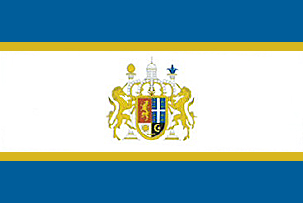

SAPIN
Full Name: The Kingdom of Sapin
Capital: Gran Rugido
Continent: North Osea
Head of State: Prime Minister (conjecture) / King or Queen
Government: Constitutional Parliamentary Monarchy
Real World Analog: Spain, England
The largest surviving constitutional monarchy on the planet. Until the early 1900s, the Sapish Empire held territories and colonies all across the globe as holdovers from the Age of Exploration and Colonization, the largest of them being the Dominion of San Salvacion (later the Republic of San Salvacion) on Usea. However, with the dawning of the Industrial Revolution, the parliament in Gran Rugido reluctantly permitted its various territories to attain their independence, forming instead a ceremonial Sapish Commonwealth, as the cost of maintaining an empire in the modern era had grown prohibitively high.
Sapin withdrew from prominence in global affairs becoming a sort of “quiet kingdom,” deferring to the flourishing Osean Federation of the course of the 20th century as the de facto world leader, and strengthening its ties with Oured, becoming Osea’s closest international ally. As the Belkans pushed into Sapish territory in March of 1995 at the outset of the Belkan War, Osea sprang into action to defend its top ally, becoming the leader of the Allied Forces’ counterstrike operation against the Belkans.
Since the end of the Belkan War, Sapin has returned to its role as the quiet kingdom and good neighbor to Osea across Oured Bay. Though in recent years it has been developing a reputation as a leader in bleeding edge cybernetics and bionics research. Osean Central Intelligence believes that one or more Sapish defense contractor is currently at work developing a compact bionic exoskeletal battle suit for use in urban combat.
However, the project is still at least 15 years away from even a prototype-level of completion.


USTIO
Full Name: The Republic of Ustio
Capital: Directus
Continent: North Osea
Head of State: Prime Minister (Conjecture)
Government: Democratic Republic
Real World Analog: Switzerland, France, Spain
As the unwitting catalyst of the Belkan War, the Republic of Ustio earned itself an indelible spot in the history books through no fault of its own. When Belka invaded Ustio in March of 1995, using it as a springboard to launch into Sapin and then into Osea to reclaim its seceded territories, Ustio became the eye of a swirling storm of chaos that would eventually end in Belka’s complete self-destruction with the Seven Pillars nuclear strike, followed by the near nuclear holocaust attempted by the Belkan resistance-cum-terrorist force A World With No Boundaries.
Ustio’s understated role in the Belkan War was highlighted recently on the 10th anniversary of the Belkan War’s outbreak by the OBC documentarian Brett Thompson with his special Warriors and the Belkan War, which explored the war through the exploits of an Ustian mercenary known only as Cipher, and those who encountered him on both sides of the conflict.
We’re not actually going to be seeing Ustio itself in any real way over the course of Ace Combat 5 other than a brief cameo on the map in the opening cutscene (where the game mistranslates the name of its capital as “Dilectus”—later corrected to “Directus” in Ace Combat Zero). Basically, at this point in the franchise, Ustio was just a big blank blotch on the map like the rest of the Belkan sub-continent was before Zero came along and filled it in with its prequel story by making it the “witness to history” or sorts as Osea stepped in and slapped Belka into the Stone Age with its big giant military dick.


AND THE REST
Full Names: The Republics of Gebet, Recta, Ratio, Wielvakia, Nordlands, and the FATO States
Capitals: Mons, Cor, Centrum, Unknown, Unknown, and Brunies (respectively)
Continent: North Osea
Head of State: Various
Government: Various
Real World Analog: :shrug:
Yep. The rest of the Belkan sub-continent is still there. And, no, I don’t have anything new to say about any part of it, though who knows, maybe Ace Combat 7: Skies Unknown with change that.
We’ll see.

Just like in 04, the “Assault Records” heading remains an artifact title, but we’re officially now just one game away from it returning to its proper status in Ace Combat 6. Unlike how they’ve been in the games that have preceded them, however, Named Aces in Ace Combat 5 will not be showing up in every mission.
Yes, in The Unsung War Named Aces only show up in only half of the game’s 32 missions. Though unlike in Shattered Skies, the Named Aces aren’t held off for New Game+ and will appear mixed in with the regular enemies during a normal run of Ace Combat 5 on any difficulty, like they did during Ace Combat 2, should you meet their spawn requirements. Also there’s no recurring naming convention between Aces like there was with Shattered Skies’s astronomers.
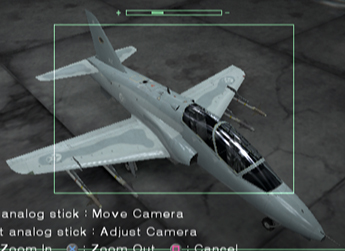
Gigantor
- Plane: BAE Hawk T1
- Mission 1
- Spawn conditions: Appears above the third wave of enemies if the first two are defeated exclusively by the player.

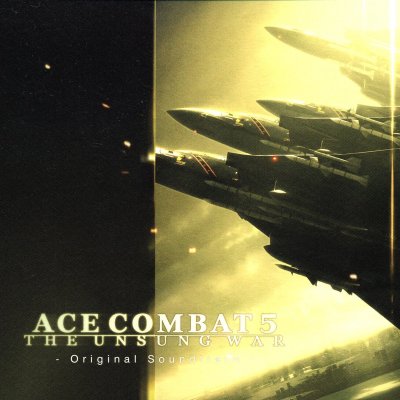
Ace Combat 5: The Unsung War Original Soundtrack
Composers: Keiki Kobayashi, Hiroshi Okubo, Junichi Nakatsuru, Tetsukazu Nakanishi, Mary Elizabeth McGlynn, Stephanie Cooke, Puddle of Mudd
Release: 2004
Discs: 4
Tracks: 22, 20, 15, 35
Tracks featured in Mission 1 & Intro:
DISC 1
DISC 2
DISC 4

To start off, we have a large selection of wallpapers from the Ace Combat 5 website for you to browse as well:
First up, some headshots of our three principle characters, Bartlett, Nagase, and Chopper:
Bartlett, Nagase, and their planes:
Computer interfaces, including the North Osea GründerIndustries OS splash screen:
Miscellaneous Osean iconography, including the Project ACES logo, which made its debut in this game:
Historical and political maps of Strangereal (note how it’s not “up to date” compared to the one in the OP, as both Usea and Anea are currently blank):
And lastly, Genett’s makeshift workstation (including an article from the Newfield Island Review on Mobius 1’s saving New Field Island City and Allenfort AFB from the Erusians):



